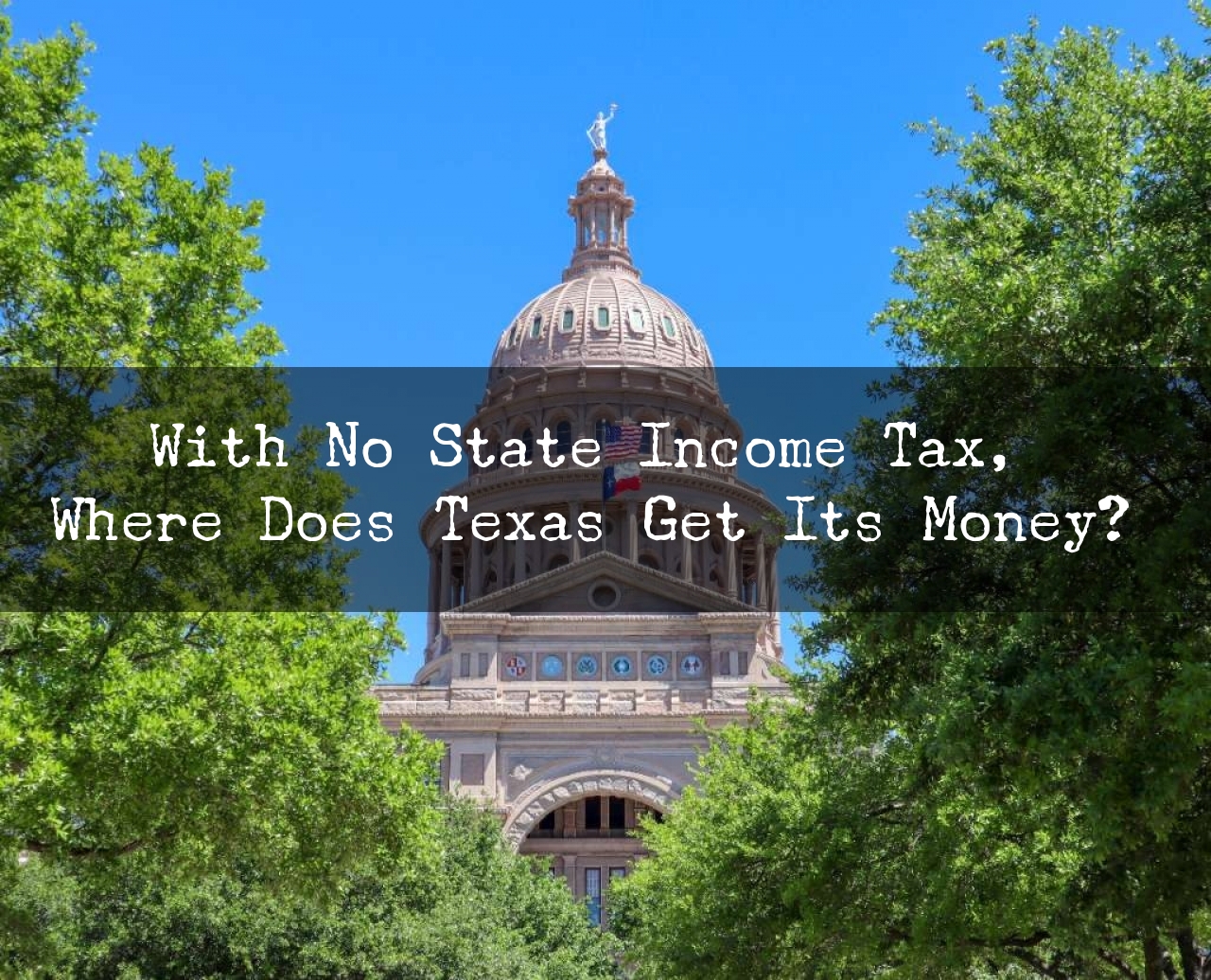With No State Income Tax, Where Does Texas Get Its Money?
AUSTIN — Texans doubled down in 2019 against having a state income tax, voting for a revamped ban in November. Now, if the state ever wants to establish a personal income tax, two-thirds of the Texas House and Senate must vote to repeal the constitutional amendment banning one and call a statewide election to let voters decide. But without a state income tax, Dallas Morning News reader Rick Best asked Curious Texas where the state gets its funding.
The short answer is that Texas relies on other taxes, particularly from sales and property, to fund public services such as schools and health care. The long answer involves a lot of sources of revenue.
State’s sources of revenue
Texas is one of seven states without a personal income tax.
The office of the Comptroller of Public Accounts oversees the state’s finances and the collection of over 60 different taxes, fees and assessments. State sales taxes, which are imposed at a rate of 6.25% on all retail sales, most rentals and taxable services, make up about 57% of the taxes the office collects, said Kevin Lyons, a spokesman for the agency. And for fiscal year 2019, the $34 billion collected in sales taxes made up about 26.6% of the state’s net revenue of $127.9 billion, according to agency data. An additional $25.4 billion, or roughly 19.8% of the net revenue, came from taxes on other goods and transactions, such as oil production, motor vehicles, cigarettes and natural gas.
The state also received $41.9 billion in federal funding to help cover the costs of Medicaid and Medicare and other health, education and transportation services. This made up 32.8% of its net revenue for the 2019 fiscal year. The rest of the net revenue came from sources such as lottery proceeds, income from state lands and investments.
About 37% of the state’s revenue, not including federal funds, went toward education, the majority of it supporting public schools, said Eva DeLuna Castro, a budget analyst for the progressive Center for Public Policy Priorities. A total of 23% paid for health and human services, and the next-biggest costs were transportation and prisons, she said. But these funds only go so far. Local governments must pick up the tab for other costs by levying their own taxes.
“Property taxes is the single largest way we pay for public services in Texas,” DeLuna said, noting that property taxes collected by school districts pay for more than half of school funding. Cities, counties and local entities such as hospital districts pay for the rest of local services using property taxes and other revenue. They also can levy a local sales tax of up to 2%. That’s why when Best and his partner moved to Dallas in 2015 from Iowa, which does tax personal income, he noticed his property taxes were higher.
“We were glad to see that there was no state income tax, although the local property taxes are much higher than Iowa,” he said in an email...

